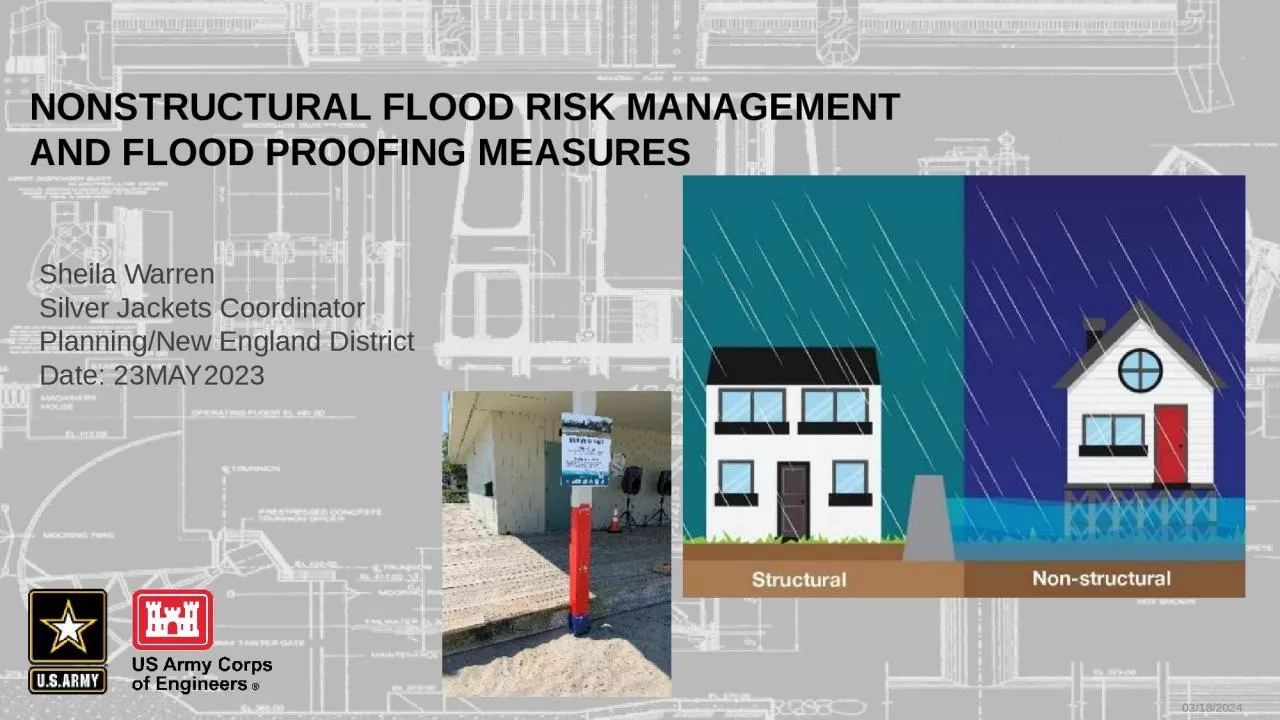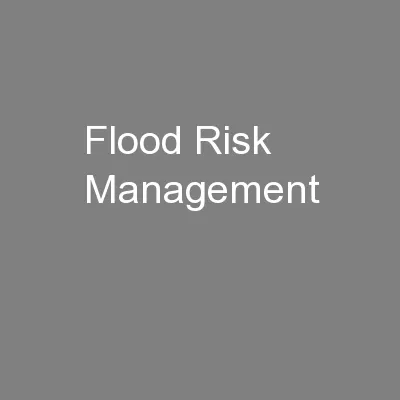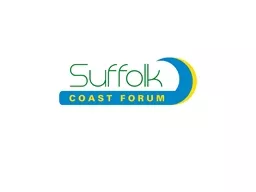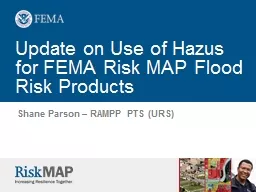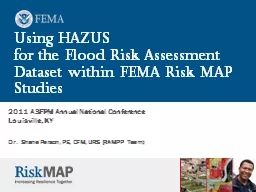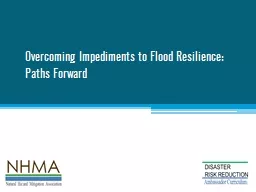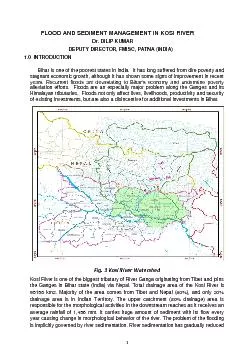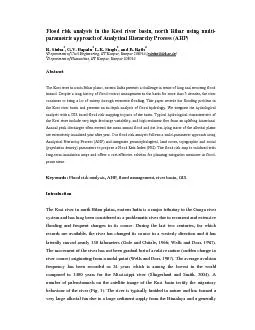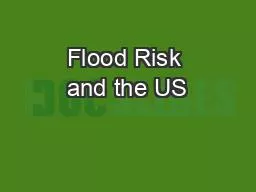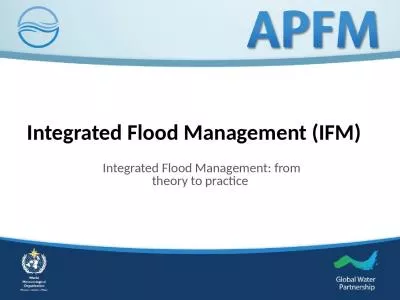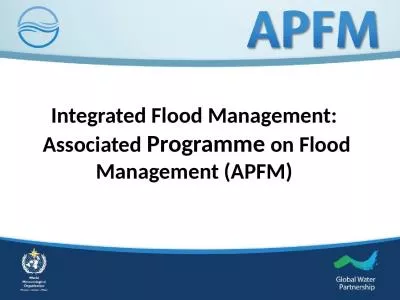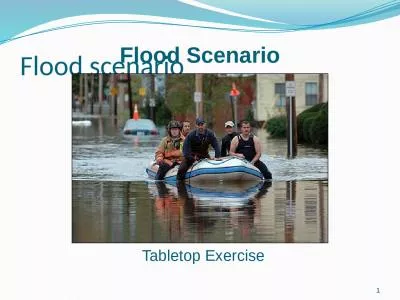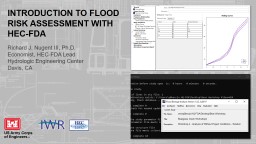PPT-Nonstructural Flood Risk Management
Author : sophie | Published Date : 2024-03-13
and Flood proofing Measures Sheila Warren Silver Jackets Coordinator PlanningNew England District Date 23MAY2023 5162023 Flooding issues in Connecticut Winter
Presentation Embed Code
Download Presentation
Download Presentation The PPT/PDF document "Nonstructural Flood Risk Management" is the property of its rightful owner. Permission is granted to download and print the materials on this website for personal, non-commercial use only, and to display it on your personal computer provided you do not modify the materials and that you retain all copyright notices contained in the materials. By downloading content from our website, you accept the terms of this agreement.
Nonstructural Flood Risk Management: Transcript
Download Rules Of Document
"Nonstructural Flood Risk Management"The content belongs to its owner. You may download and print it for personal use, without modification, and keep all copyright notices. By downloading, you agree to these terms.
Related Documents

